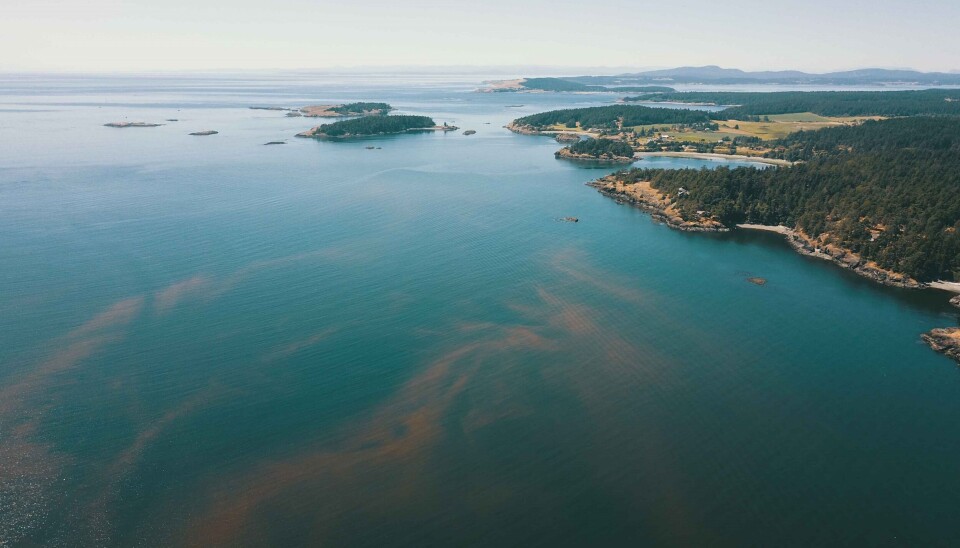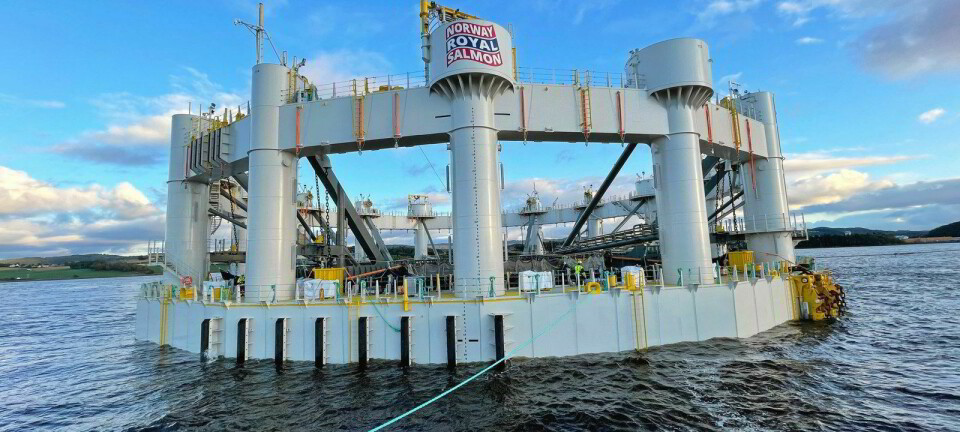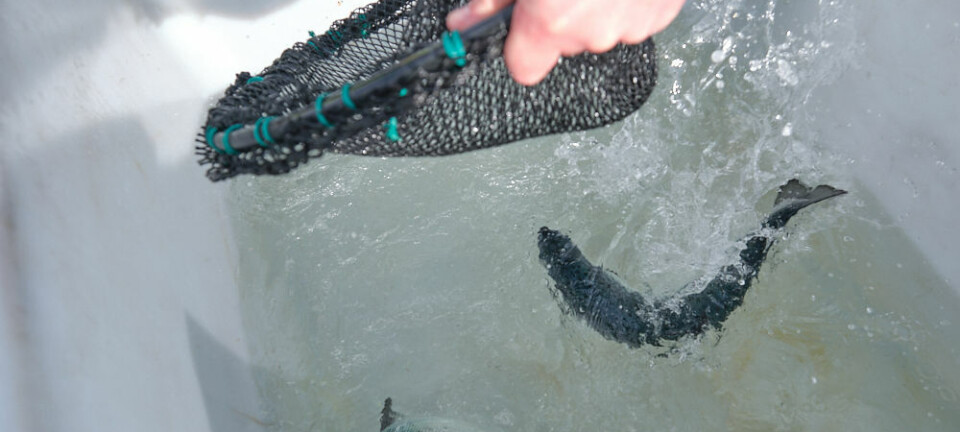
Online course will help salmon farmers combat harmful algal blooms
A new training programme designed to help tackle the challenges of harmful algal blooms (HABs) goes live today.
The online course aims to standardise operating procedures and is open to anyone working in the aquaculture sector, initially free of charge.
Delivered by sector skills body Lantra, the programme will ensure the workforce is following the same guidelines for detecting and recording HABs, which are caused by rising water temperatures, among other factors, and can lead to significant health and welfare issues for farmed fish.
Targeted species
Course modules include details of the different steps required for sampling and identifying a list of targeted species, recording the level of risk based on a traffic light system, and calculations for reporting.
Created in partnership with Salmon Scotland, Mowi, Scottish Sea Farms, Loch Duart and Bakkafrost, along with organisations including the Sustainable Aquaculture Innovation Centre, the Scottish Association for Marine Science and the RSPCA, the initiative sprung from Scotland’s Farmed Fish Health Framework.
“The adoption of standard operating procedures will mean that the entire aquaculture sector can move towards uniform data collection and reporting regarding HABs,” said Jillian Couto-Phoenix, head of aquaculture at Lantra.
Changing climate
“Improved access to information can then inform early warning systems and treatment options, helping farmers to adapt to a changing climate and ultimately improve the outcomes for their fish.
“This is the first aquaculture e-learning course of this kind for Lantra, which opens up a whole host of future possibilities for delivering skills to the sector.”
Sean Black, the RSPCA’s senior scientific and policy officer for aquaculture, said: “Harmful algal blooms pose a significant challenge to fish health and welfare, so we welcome the delivery of this training by Lantra.
“Proactive monitoring of the environment for harmful algae is crucial in protecting farmed fish and having a dedicated training course and standard operating procedures will improve monitoring and reporting.”























































